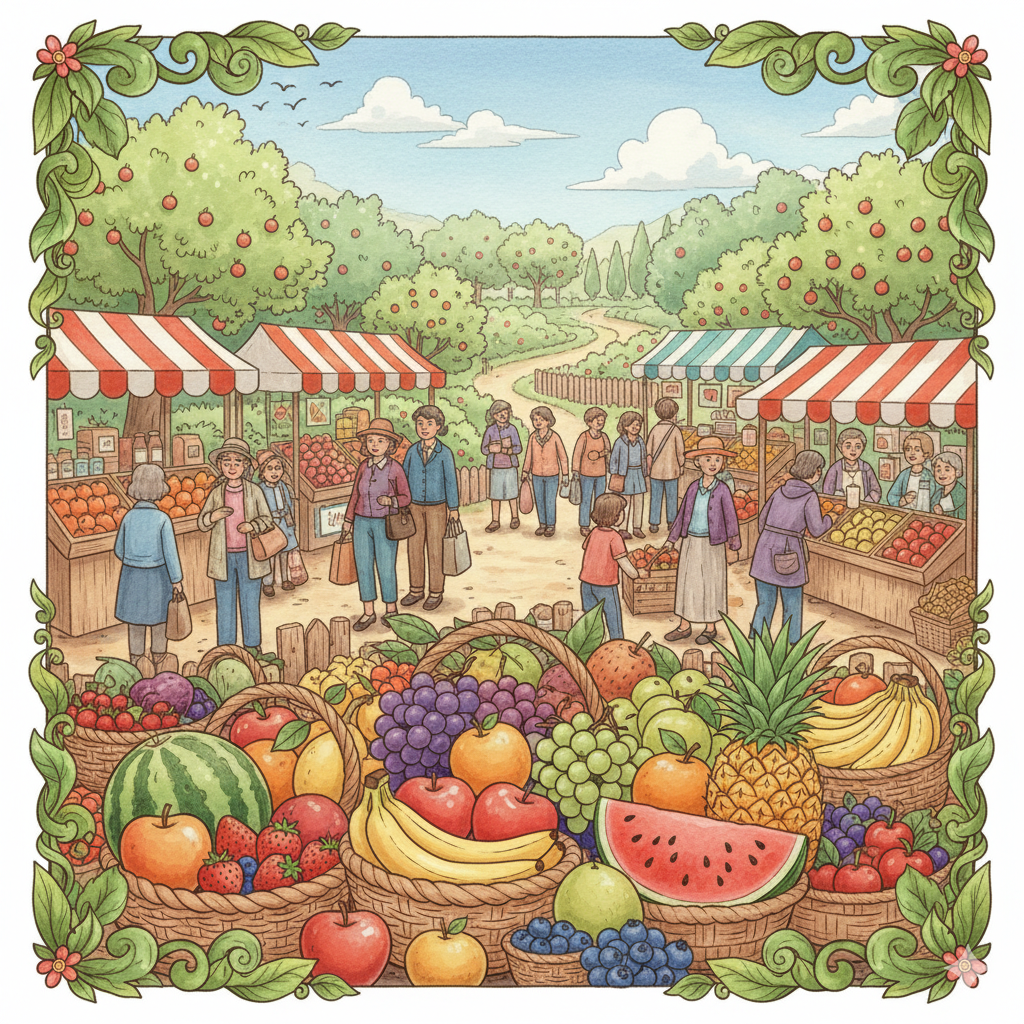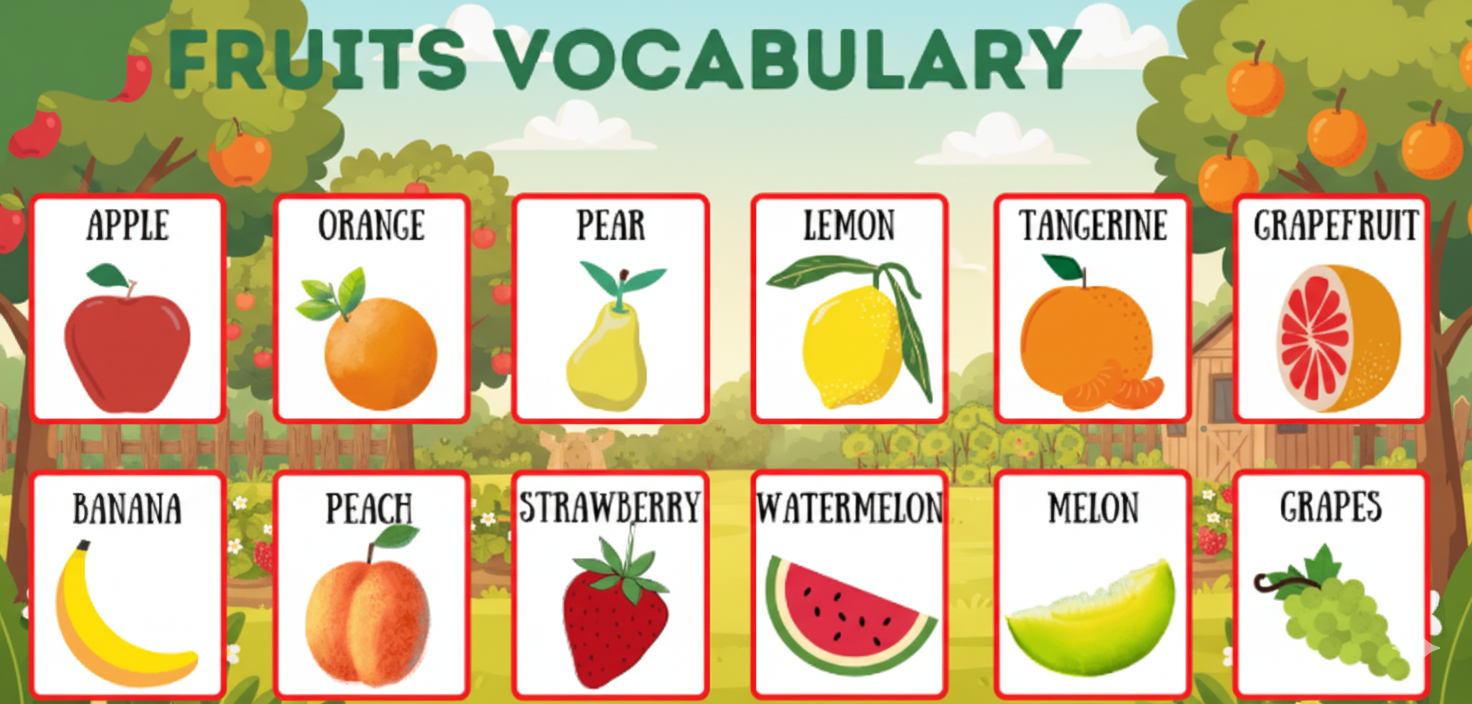Why Rainy Weather Makes Fruits Like Blueberries and Apples More Nutritious
When you think of rainy weather, you might imagine cozy days indoors, puddles forming in the streets, or the earthy smell that arises from the ground after a good downpour. However, this seemingly dreary weather plays a vital role in the growth and nutritional enhancement of many fruits, particularly blueberries and apples. In this blog post, we will explore how rain affects these fruits, making them not only tastier but also packed with more nutrients. We will delve into the science behind fruit growth, the importance of rain in their development, and the myriad health benefits they offer.
The Role of Rain in Fruit Development
Rain is an essential component of the agricultural ecosystem. It provides the necessary moisture for soil, helps in nutrient absorption, and supports the overall health of plants. But how exactly does rain influence the growth of fruits like blueberries and apples?
1. Moisture and Nutrient Absorption
Fruits require a significant amount of water for cellular functions and growth. During rainy seasons, the soil becomes saturated with moisture, which aids in the uptake of essential nutrients from the ground. This nutrient absorption is crucial for fruits like blueberries and apples, which thrive in well-hydrated environments. As the plants receive adequate moisture, they can draw up minerals such as potassium, calcium, and magnesium, which contribute to their overall health and nutritional profile.
2. Enhanced Flavor Profile
Rainwater is often softer and purer than tap water, containing fewer chemicals and pollutants. This purity allows fruits to absorb water without any adverse effects. The increased water content, along with the nutrients dissolved in it, leads to a more robust flavor profile in fruits. Blueberries, for instance, become sweeter and juicier after a good rain, while apples develop a crisper texture and enhanced taste.
3. Growth Cycle Synchronization
Rainy weather often coincides with specific growth cycles of plants. For example, many fruit trees bloom in the spring when there is adequate moisture from melting snow or spring rains. These blooms are crucial for fruit set. Rain during the flowering stage can lead to better pollination and fruit development. This synchronicity ensures that fruits mature when conditions are optimal for growth and ripening.
The Nutritional Benefits of Blueberries and Apples
Now that we understand how rain aids in the growth of blueberries and apples, let’s explore the nutritional benefits of these fruits and why they are excellent choices for a healthy diet.
1. Blueberries: A Nutritional Powerhouse
Blueberries are often hailed as one of the healthiest fruits available. They are low in calories but high in essential nutrients, making them a popular choice for health enthusiasts.
- Rich in Antioxidants: Blueberries are packed with antioxidants, particularly anthocyanins, which contribute to their deep blue color. These compounds help combat oxidative stress in the body, reducing the risk of chronic diseases.
- Heart Health: Regular consumption of blueberries has been linked to improved heart health. The nutrients in blueberries can help lower blood pressure and cholesterol levels.
- Cognitive Benefits: Studies suggest that blueberries may improve brain health and delay cognitive decline. The antioxidants in blueberries have neuroprotective effects that can enhance memory and overall brain function.
For more insights into the benefits of blueberries and other fruits, check out our article on Healthy Fruits You Can’t Ignore: Benefits of Blueberries to Avocados.
2. Apples: The Classic Fruit
Apples are another fruit that benefits from rainy weather. They are not only tasty but also packed with essential nutrients.
- High in Fiber: Apples are a great source of dietary fiber, which aids in digestion and helps maintain a healthy gut.
- Vitamin C: Apples are rich in vitamin C, which boosts the immune system and helps in the absorption of iron.
- Weight Management: Due to their high fiber content and low-calorie nature, apples are excellent for weight management. They keep you full for longer, reducing the likelihood of overeating.
How Rainy Weather Improves the Nutritional Content
The nutritional content of fruits like blueberries and apples can be significantly enhanced due to the following factors related to rainy weather:
1. Increased Sugar Concentration
Water is essential for photosynthesis, the process by which plants convert sunlight into energy. During rainy weather, plants can photosynthesize more effectively, resulting in higher sugar concentrations within the fruits. This increase in natural sugars not only enhances the flavor but also boosts the overall energy content of the fruit.
2. Improved Vitamin and Mineral Levels
As mentioned earlier, rainwater helps in the absorption of essential minerals from the soil. This means that during rainy periods, fruits can accumulate higher levels of vitamins and minerals. For example, blueberries can contain more vitamin K and vitamin C, while apples may have increased levels of potassium and vitamin A.
3. Stress Reduction for Plants
Plants grown in optimal conditions tend to be healthier and more resilient. Rainy weather can relieve the stress of drought conditions, allowing plants to thrive. Healthier plants produce fruits that are not only more nutrient-dense but also more flavorful. This is especially true for blueberries, which are sensitive to environmental stressors.
Potential Downsides of Excessive Rain
While rain is generally beneficial for fruits, excessive rainfall can lead to challenges that may negatively impact their growth and nutritional content.
1. Risk of Disease
Excessive moisture can create an environment conducive to fungal diseases and pests, which can harm the fruit’s quality. For instance, blueberries are susceptible to diseases like botrytis blight, which can affect their growth and nutritional content.
2. Waterlogging
When soil becomes overly saturated, it can lead to waterlogging, depriving roots of oxygen. This can hinder nutrient uptake and potentially stunt the growth of the plant, ultimately affecting the quality of the fruit produced.
Practical Tips for Enjoying Nutritious Fruits
To make the most of the enhanced nutritional benefits of blueberries and apples during rainy seasons, consider the following tips:
1. Choose Local and Seasonal Fruits
Buying locally grown fruits that are in season ensures that you get the freshest produce. These fruits are more likely to have benefited from the recent rain and therefore may be more nutritious.
2. Opt for Organic Options
Organic fruits are often grown in healthier soils and are less likely to be treated with harmful chemicals. This means that you are not only consuming more nutritious fruits but also supporting sustainable farming practices.
3. Incorporate a Variety of Fruits
While blueberries and apples are nutritious, variety is key to a balanced diet. Consider adding other fruits that thrive in rainy conditions, such as peaches and pears, to diversify your nutrient intake. For more information on fruits that can supercharge your health, check out our article From Blueberries to Mango: Fruits That Supercharge Your Health.
Conclusion
Rainy weather plays a crucial role in enhancing the nutritional value of fruits like blueberries and apples. From improved water absorption to increased nutrient content, the impact of rain cannot be overstated. While there are potential downsides to excessive rain, the benefits often outweigh the negatives, particularly in moderate conditions. By understanding the relationship between rainy weather and fruit nutrition, you can make informed choices that enhance your health and well-being. So, the next time you enjoy a juicy blueberry or a crisp apple, remember the vital role that nature plays in their journey from farm to table!




1 thought on “Why Rainy Weather Makes Fruits Like Blueberries and Apples More Nutritious”